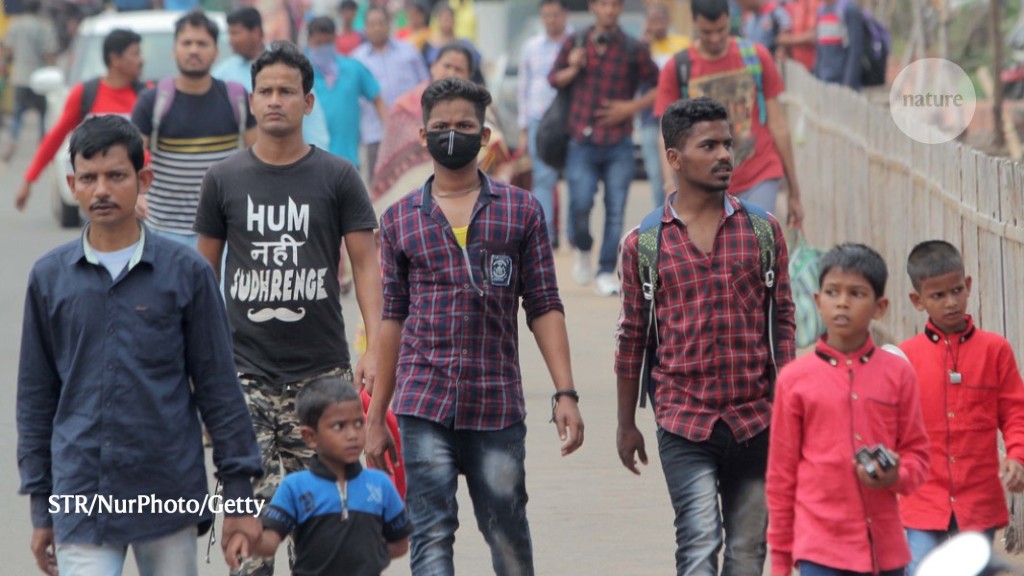How much is coronavirus spreading under the radar?
(Nature) 3-13-2020
...A telltale sign of covert transmission in communities is finding a few confirmed but unrelated cases, with no recent history of international travel. That means these cases are connected through a hidden web of infections. The ideal way to know how many people in a community have had coronavirus infections , [Jeremy] Farrar says, is to collect blood samples from people in every age group, looking for antibodies against the coronavirus, which show that someone has previously been infected. Data from such serology studies, as they are called, can then be used to accurately determine rates of fatality and transmission. But such studies take time. “We need to make policy decisions and clinical decisions now,” Farrar says. “You can’t say, ‘Let’s wait a month until we have the data.’”
Can scientists estimate the size of an outbreak without widespread testing?
Yes. Experts say that they compare various lines of evidence. One estimate begins with the number of deaths in an area. Farrar calls this a “guesstimate” because each of the variables researchers are using right now are subject to change, introducing uncertainty at each step in the calculation. However, it goes something like this: Data from China suggest that about three weeks passes between when a person feels sick and dies from COVID-19. And if you assume a case fatality rate of roughly 1%, a back-of-the-envelope calculation suggests that each death represents about 100 cases in the first week. Right now, he adds, you can expect the epidemic to double each week if those cases aren’t identified and isolated — bringing the estimate to 400 at the time of death. Because the error bars on each of these variables are large, epidemiologists check their figures against further information....
https://www.nature.com/articles/d41586-020-00760-8
#covid19 #coronavirus #monitoring #estimation #epidemics #publicHealth
